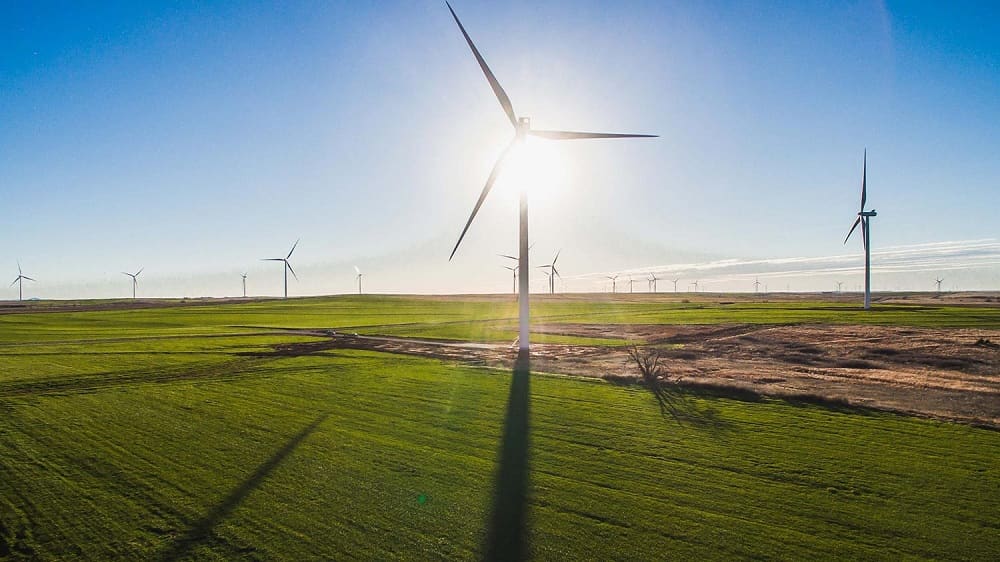Enel, through its U.S, renewables company Enel Green Power North America, Inc., has started construction on two new wind farms in the U.S., totaling close to 300 MW of new renewable capacity.
These new wind facilities, together with the 450-MW High Lonesome wind project and the 497-MW Roadrunner solar project, both being built in Upton County, Texas, bring the company’s total renewable capacity under construction in the country to around 1,250 MW.
“Today’s announcement reinforces our commitment to continued growth throughout the country,” said Georgios Papadimitriou, Head of Enel Green Power North America. “These projects will enable us to further capitalize on the abundant wind resource in the central U.S. as we continue to expand our footprint in this region and increase the geographical diversification of our portfolio.”
The 66-MW Whitney Hill wind project is located in Logan County, Illinois, adjacent to the company’s existing 185-MW HillTopper wind farm that began commercial operation in December 2018. Whitney Hill is expected to begin operations by the end of 2019, generating around 246 GWh annually, equivalent to approximately 167,000 tons of CO2 emissions avoided each year. Both the Whitney Hill and HillTopper wind projects were developed by Swift Current Energy.
The 236.5-MW White Cloud wind project is located in Nodaway County, Missouri. Once operational, expected by the second half of 2020, the project will be able to generate around 950 GWh annually, avoiding the emission of approximately 643,000 tons of CO2 per year. White Cloud will be Enel Green Power’s second wind farm in the state, as the company already operates the 300 MW Rock Creek wind farm in Atchison County, Missouri, which began operations in 2017.
Enel Green Power North America will use innovative tools and techniques to build both wind farms, such as construction machinery equipped with active safety systems, smart tracking of turbine components, advanced digital platforms and on tablet software solutions to monitor and remotely support site activities as well as plant commissioning. These processes and tools will enable swifter, more accurate and reliable data collection, improving the quality of construction and facilitating communication between on-site and off-site teams.





































